


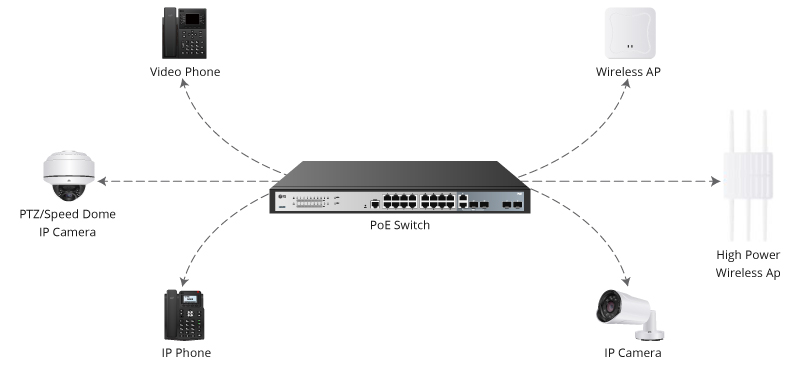






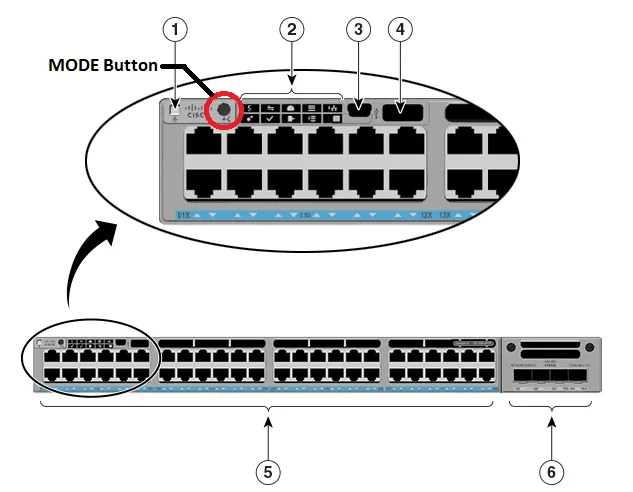




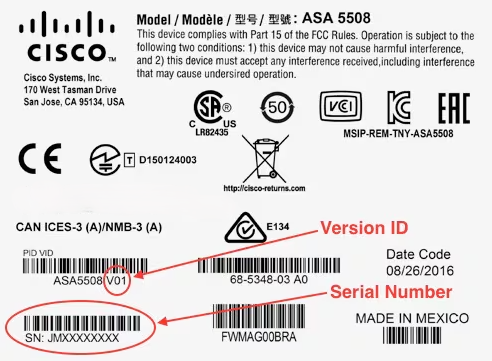
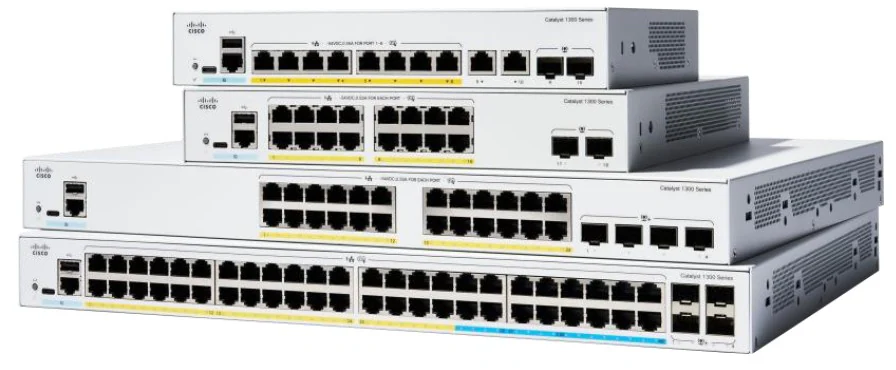



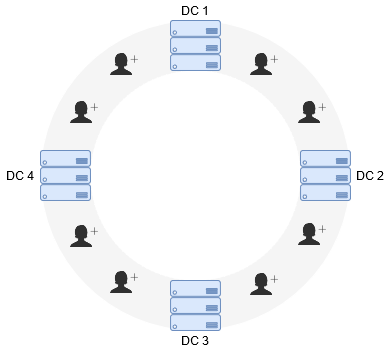

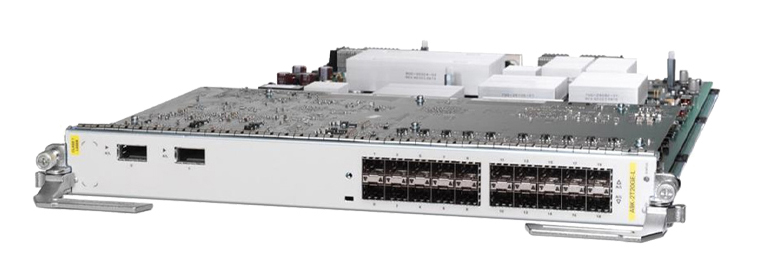


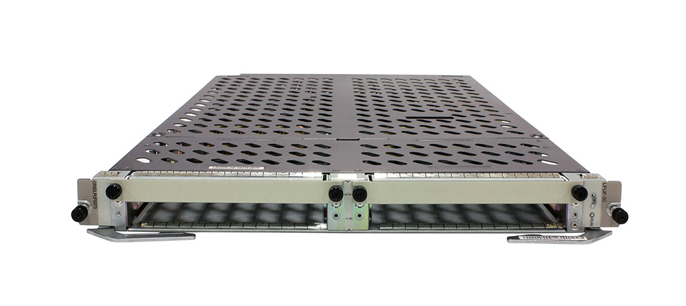
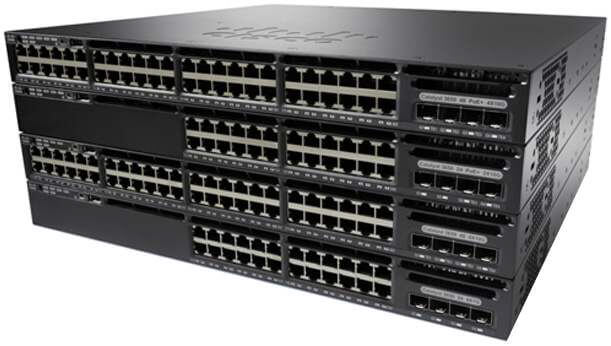
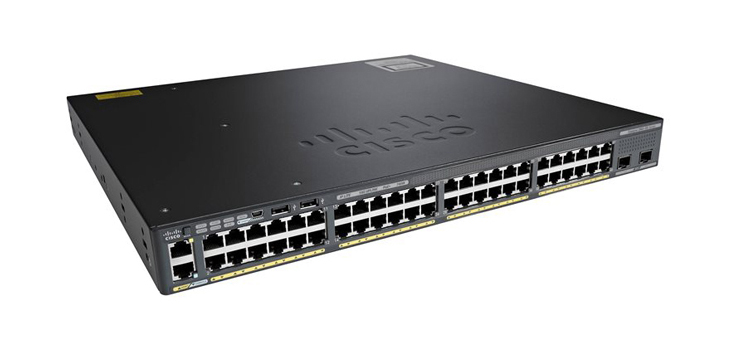
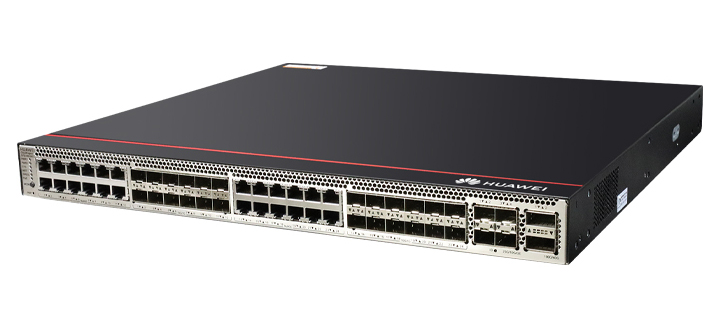

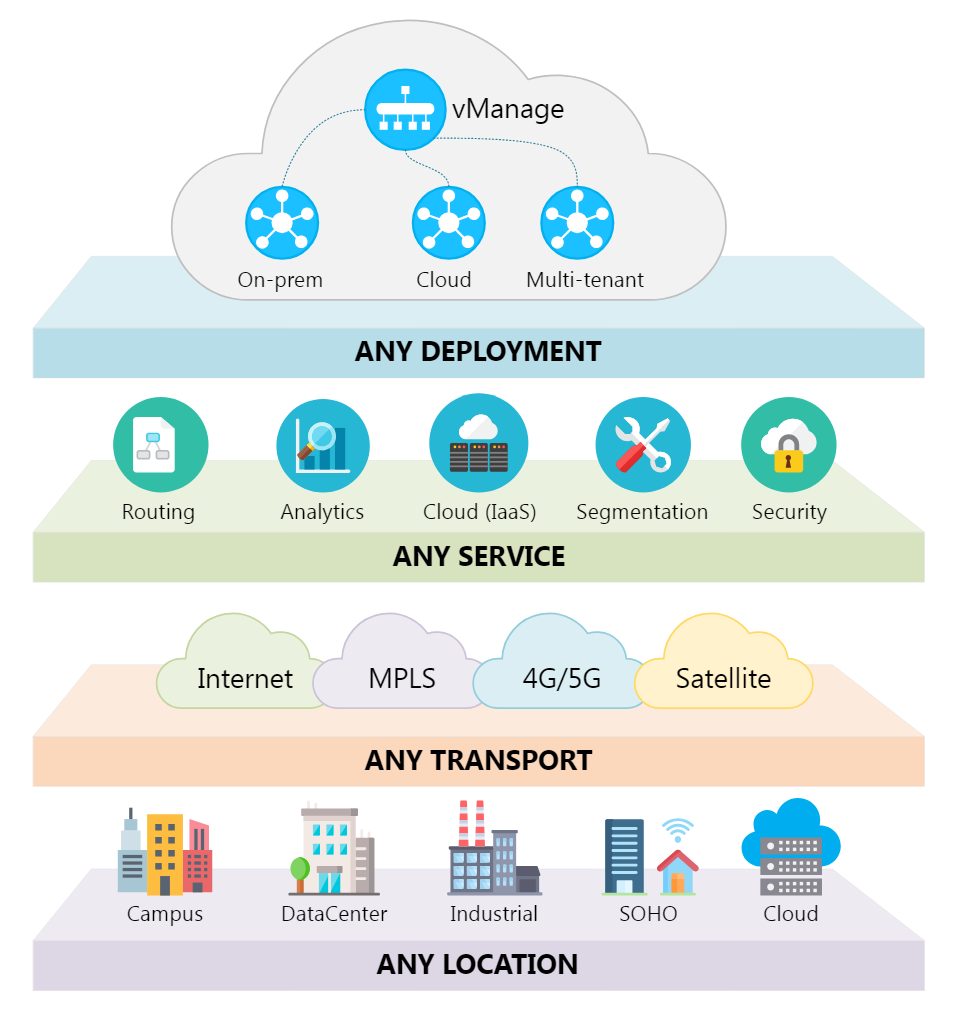
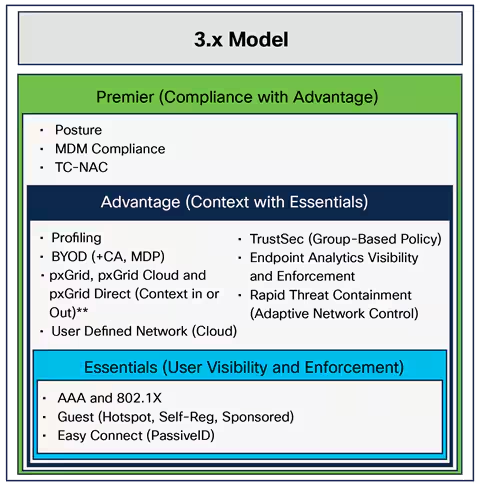
We have the still-emerging Internet of Things, a mishmash of dispersed devices, sensors, kiosks, and systems that everyone promises will make our lives such much cooler. Refrigerators will not only talk to grocery stores, but also to their manufacturers to let them know if any performance issues are cropping up. Cars are already starting to talk to their original manufacturers. Aircraft engines are also in direct contact their manufacturers to let them know what's up -- or what may not be going up.
 Photo: Joe McKendrick
Photo: Joe McKendrick Great use cases, but an architectural nightmare that calls for a new role to plan and piece it all together into a coherent and viable system. This may be someone in a relatively new role, an IoT architect, or expanding the current roles of enterprise architects. The need for architects of either stripe was recently explored in a Gartner eBook, which looked at the ingredients needed to ensure success with enterprise IoT.
The book's authors explore the emerging role of the IoT architect, who will emerge as the "central linchpin role" for planning, executing and governing IoT. "These individuals will be hard to find," according to Gartner analyst Erik Heidt. "As with any emerging technology, the recipe for success involves a mix of technical knowledge, business acumen and delivery skills. Those having such capabilities in two or more of these areas will be in extremely high demand. The good news is that organizations can use existing digital business efforts to train up candidates."
Responsibilities for the IoT architect role include the following:
Then there's the enterprise architect -- who are likely to see their roles greatly expanded to encompass the extended architectures the IoT is bringing. And they are well placed and well prepared to see through an IoT expansion.
Here is what Gartner proposes for the roles of EAs in the IoT world:
As innovators and idea people: Everyone is still learning the potential and what they can do with IoT, so it doesn't hurt to have people acting as catalysts to get people thinking. Through ideation, EAs "can provide business unit and IT leaders with more than just a list of cool technology ideas," the Gartner authors propose. "For example, they could provide a broad understanding of the business impacts of IoT technologies, based on the technologies' characteristics, the information they expose and how they will be used."
Mapping IoT business ideas in stories: Develop business scenarios, "a forward-looking way for organizations to describe how IoT technologies can introduce new value streams," the authors explain. They can also enhance existing scenarios "by combining innovative technologies with possible future business models."
Paying attention to risk: In an IoT architecture, "organizations must shift from an information security approach to a risk management approach when assessing which opportunities are viable," according to the analysts.
Collaborating, a lot: IoT isn't just an IT project, it's a whole new way of doing business requiring interoperability across many functions.
Delivering superior user experience:"Organizations will only gain competitive advantage from IoT technologies if they make them simple, useful and intuitive for users," the authors caution. "EA and technology innovation leaders must understand how users want to use IoT technologies -- and in what environments -- while also understanding users' cultures."
Designed well, IoT will help deliver competitive advantage -- but EAs and IoT architects need to step up to educate, identify and validate the direction of their organizations' IoT strategies. "Because the IoT is a building block to digital business, EA and IoT architects will be critical to enable it to reach its full potential."
 Горячие метки:
По вопросам бизнеса
В интернете вещей
Горячие метки:
По вопросам бизнеса
В интернете вещей